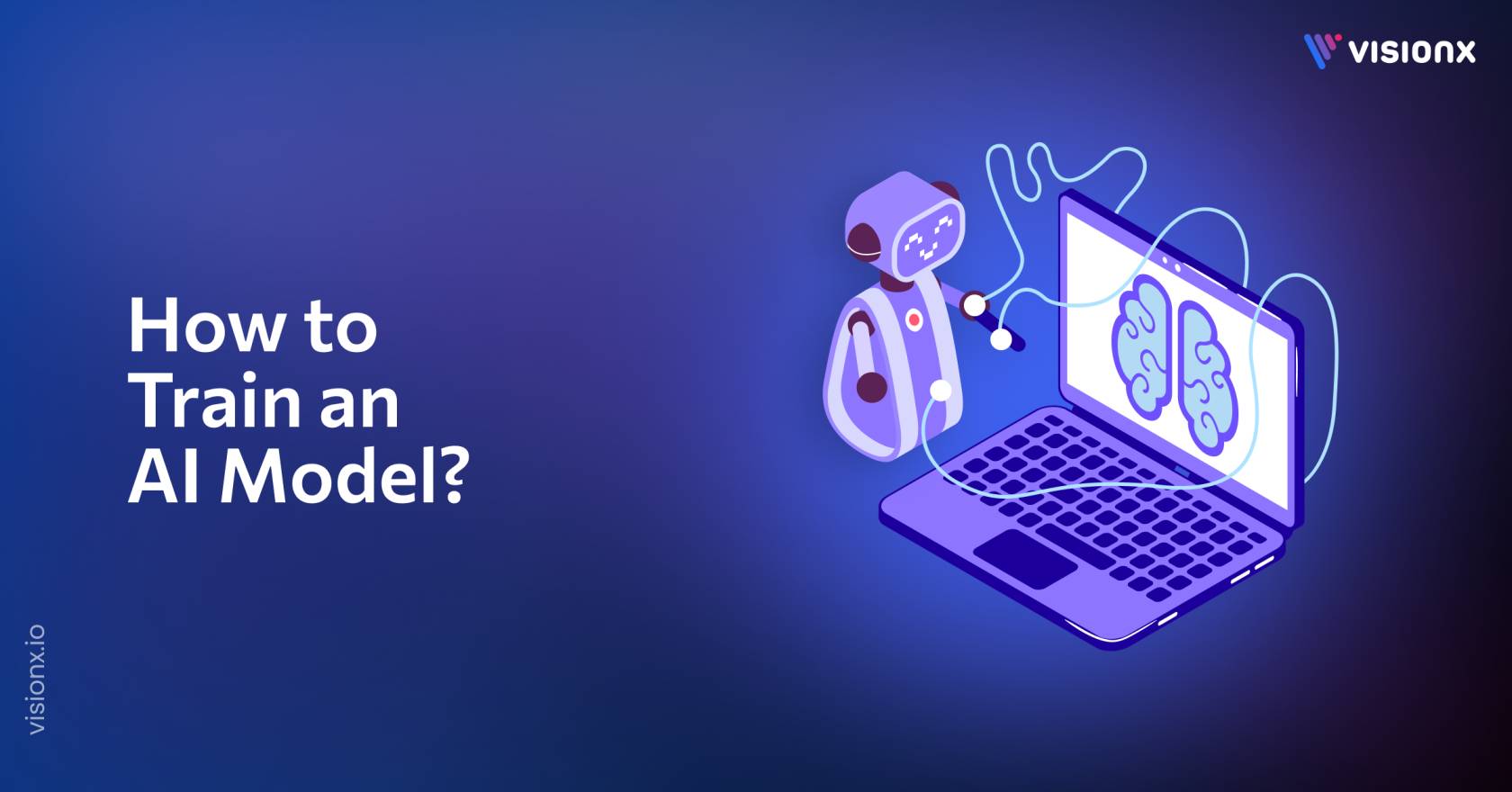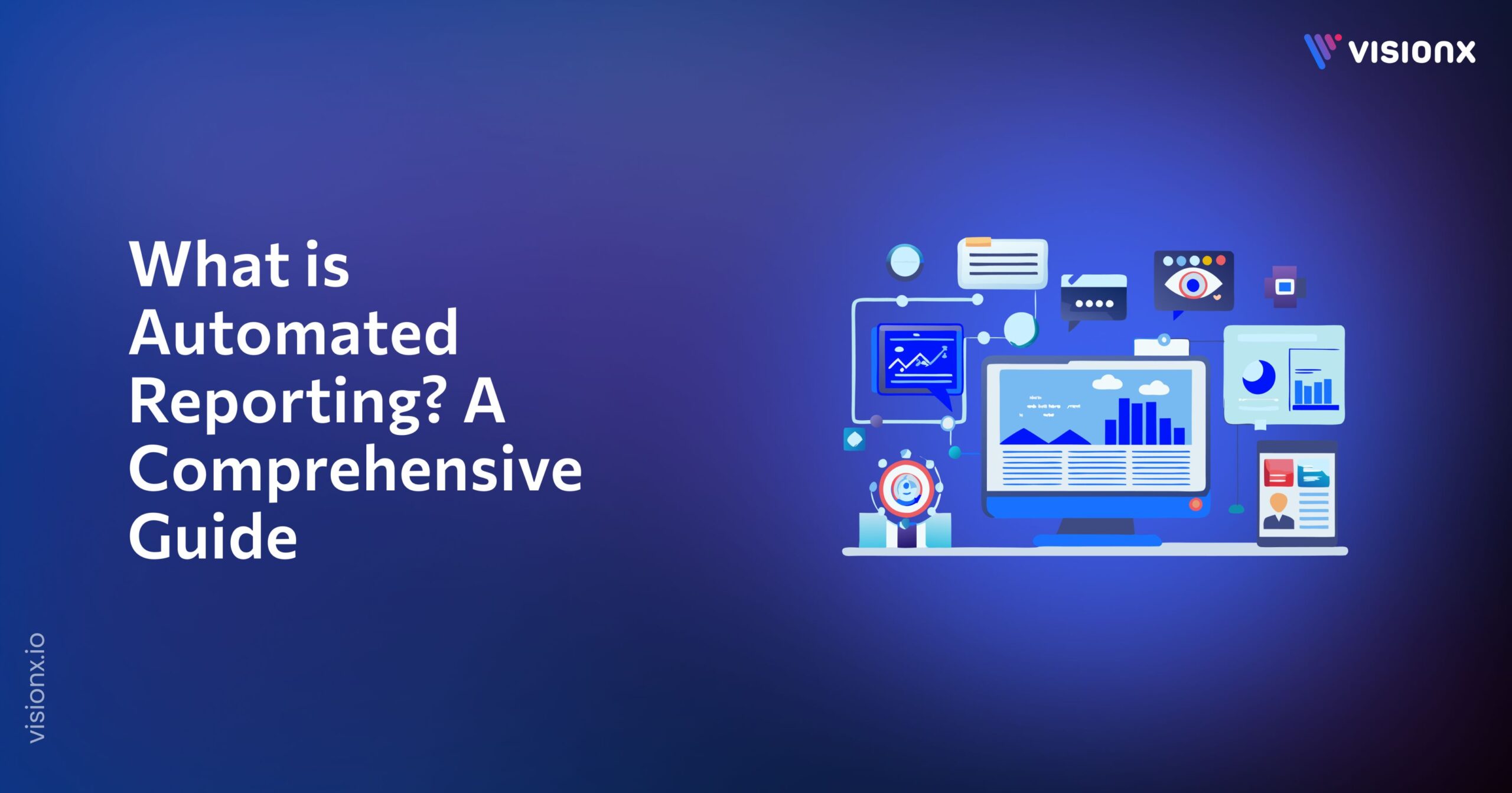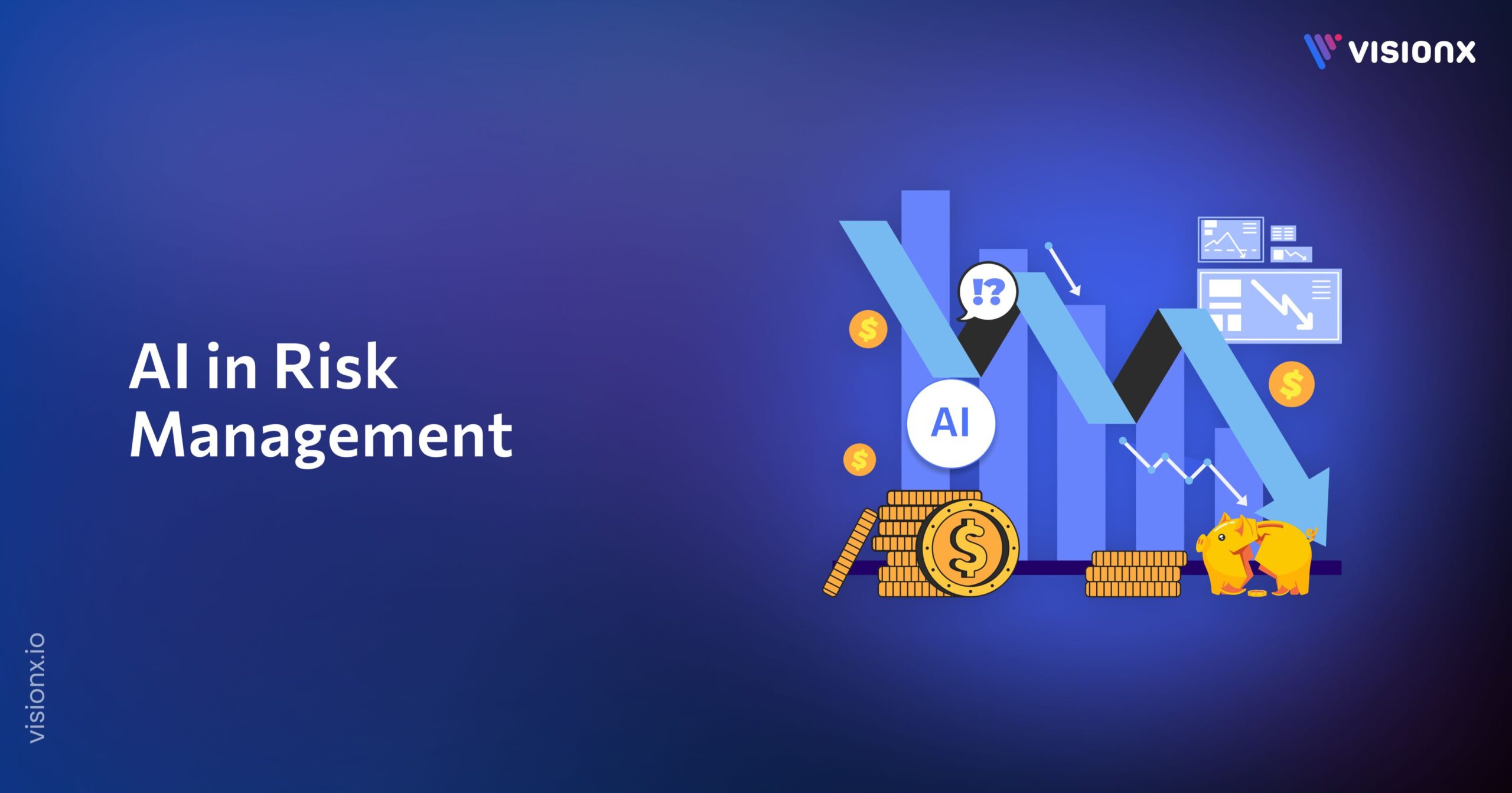Artificial Intelligence continues to attract enormous global investment, with AI spending expected to surpass $500 billion by 2027, according to IDC. Enterprises are rapidly adopting AI technologies to automate processes, personalize customer experiences, and make data-driven decisions. In 2024 alone, global AI investment reached an estimated $300 billion, driven largely by sectors like healthcare, finance, retail, and manufacturing.
The AI model training market—an essential segment of this growth—is evolving rapidly, powered by the rise of generative AI, natural language models, and autonomous systems. With increasing demand for intelligent software and services, the market opportunity for organizations capable of training, deploying, and maintaining AI systems is immense.
As businesses rush to integrate AI capabilities across their operations, the need for scalable, efficient, and responsible model training practices has never been more crucial. This guide outlines how to train an AI model, from data collection to deployment, and how companies like VisionX are leading this transformation.
Introduction
Artificial Intelligence (AI) is transforming industries, from personalized marketing and medical diagnostics to autonomous vehicles and voice assistants. At the heart of these intelligent systems lies a critical process—training an AI model. Understanding how to train an AI model is essential not just for data scientists but also for developers, researchers, and decision-makers looking to utilize AI for impactful solutions.
This comprehensive guide walks you through the entire AI training lifecycle: from data collection and model selection to fine-tuning, evaluation, and deployment. Whether you’re a beginner or seeking to refine your approach, you’ll gain actionable insights and proven best practices to succeed.
Understanding AI Model Training
What Does It Mean to Train an AI Model?
Training an AI model involves feeding it large volumes of data so that it can learn patterns and make predictions. Unlike traditional programming, where a developer writes explicit rules, AI models learn from examples. This process is guided by loss functions and optimization algorithms, allowing the model to improve over time.
There are several types of learning techniques used when figuring out how to train AI models:
- Supervised learning: The model learns from labeled data.
- Unsupervised learning: Discovers patterns from unlabeled data.
- Reinforcement learning: Learns through rewards and penalties – also known as self-supervised learning.
- Semi-supervised Learning: Learns from a mix of labeled and unlabeled data.
Key Terminology
To understand how to train an AI model, it’s essential to grasp the following core terms:
- Dataset splits: Training, validation, and test sets.
- Epochs: One full pass through the training data.
- Batch size: Number of samples processed before the model updates its weights.
- Learning rate: Step size in the optimization process.
- Overfitting: Model memorizes data and fails to generalize.
- Underfitting: The Model fails to learn the underlying trend.
- Loss function: Measures prediction errors.
- Optimizer: An Algorithm that improves the model.
- Hyperparameters: Pre-set values (e.g., learning rate, batch size) that guide the training process.
Types of AI Models
When exploring how to train your own AI model, it’s useful to know what types of models you can work with:
- Machine learning models: Logistic regression, decision trees, support vector machines, and Random Forest.
- Deep learning models: CNNs for images, RNNs for sequences & Text, Transformers for language tasks (e.g., Large language models like GPT), Generative models for text and data generation like GANs.
Step 1 – Data Preparation
Gather Data
Collect a relevant dataset for your task. This could involve collecting your own data, using publicly available datasets, or employing methods like crowdsourcing. Ensure your data is high-quality, representative, and diverse. This is the foundational step in how to train an AI model.
Preprocess Data
Clean and transform the data to make it suitable for training. This may involve:
- Noise removal – removing duplicates and irrelevant entries.
- Normalizing data (e.g., text lowercasing, image resizing).
- Handling missing values and outliers.
- Tokenizing text, scaling features.
Splitting Your Data
Divide your dataset into:
- Training set (70%): To teach the model.
- Validation set (15%): To tune hyperparameters and validate performance during training.
- Test set (15%): To evaluate final performance after training, never used during the training phase. Complete unknown for the model.
Data Augmentation & Synthesis
To enrich small datasets:
- Flip, rotate, or crop images in the case of computer vision related tasks.
- Back-translated text.
- Use synthetic data (e.g., GANs), ImageAug libraries, or other libraries for data augmentation.
These methods are often used in workflows involving how to train an AI model at scale or with limited data.
Step 2 – Model Selection
Choose an Appropriate Model
Select an AI model architecture that aligns with your task and data characteristics. Consider:
- The size and complexity of your dataset.
- The desired output (e.g., classification, regression, generation).
- Available computational resources (CPU/GPU, memory, etc.).
Consider Established Models
If you’re new to AI, start with well-documented and widely used models. These can be helpful benchmarks when learning how to train your own AI model.
Experiment with Different Models
Test different models and compare results to find the best fit. Trying various approaches is part of mastering how to train AI models for different problem types.
Step 3 – Training the Model
Feed Data to the Model
Input the training data into the selected model.
Optimize the Model
Use optimization algorithms like SGD or Adam Optimizer to adjust the model’s parameters and minimize errors through a defined loss function. A solid grasp of this step is essential when learning how to train an AI model efficiently.
Iterate
The training process is iterative, involving multiple passes (epochs) through the training data, with periodic evaluation on the validation set.
Tune Hyperparameters
Adjust settings like learning rate, batch size, and number of layers using methods like grid search or Bayesian optimization.
Prevent Overfitting
Use techniques like regularization, dropout, and early stopping to enhance generalization.
Step 4 – Evaluation
Evaluate Performance
Assess the model performance using relevant metrics:
- Classification: Accuracy, precision, recall, F1 score.
- Regression: RMSE, MAE, R-squared.
Validate Models
Use the validation set to measure how well the model generalizes to new data.
Fine-tune
Adjust the model architecture, hyperparameters, or data quality based on evaluation results, then retrain as needed. Fine-tuning is essential when learning how to train your own AI model for real-world performance.
Step 5 – Deployment and Monitoring
Publish the Model
Once performance is satisfactory, deploy the model using a format like ONNX or TorchScript as per the required edge or cloud environments.
Monitor Performance
Continuously track real-world performance. Watch for:
- Concept drift (changes in data patterns).
- Performance degradation.
Maintenance
Set up a schedule for periodic retraining and improvements. Maintain detailed documentation throughout the training lifecycle. Continuous maintenance is key to sustaining results after you’ve figured out how to train an AI model.
Key Considerations
When exploring how to train an AI model, several factors can significantly influence the model’s performance and reliability.
- Data Quality: High-quality, representative data is crucial for effective training. Always ensure data is clean, relevant, and representative.
- Overfitting: Use validation techniques and regularization methods.
- Hyperparameter Tuning: Experiment to find the optimal configuration.
- Documentation: Track experiments, results, checkpoints, and configurations for reproducibility and collaboration.
How VisionX Can Help
When considering how to train an AI model effectively and at scale, VisionX brings years of proven experience in building, training, and deploying AI models across a wide range of industries, including healthcare, finance, retail, and manufacturing. Their extensive domain expertise enables them to understand the unique challenges of each sector, ensuring AI models are not only technically sound but also contextually effective and compliant with industry standards.
Cost and Resource Efficiency
One of the biggest challenges in training AI models is balancing performance with resource consumption. VisionX delivers accelerated, cost-effective generative AI solutions through:
- Optimized Infrastructure: Leveraging pre-configured GPU and cloud environments reduces setup costs and accelerates time-to-deployment.
- Reusable Components: VisionX has developed modular pipelines and reusable ML components, cutting development time by up to 40%.
- Expert Teams: With pre-trained engineers and data scientists, VisionX eliminates the overhead of in-house training and recruitment.
- Global Delivery Model: Hybrid onshore/offshore execution allows competitive pricing without compromising quality. This approach supports enterprises learning how to train AI model systems at scale.
- Tooling Efficiency: Proprietary automation for data labeling, validation, and hyperparameter tuning results in 30-50% faster model training cycles compared to traditional teams.
Estimated Savings and Timeline Comparison
| Project Scope | In-House Development | With VisionX |
| Small ML Prototype | 4-6 weeks / $20K | 2-3 weeks / $12K |
| Mid-size AI Platform | 2-3 months / $100K | 4-6 weeks / $60K |
| Enterprise Deployment | 6+ months / $300K+ | 3-4 months / $200K |
These efficiencies make VisionX an ideal partner for startups and enterprises aiming to deploy AI solutions without the long lead times or inflated budgets.
Learning how to train an AI model requires the right mix of data, domain expertise, and infrastructure. This is where VisionX comes in. With extensive experience in AI development and deployment, VisionX provides end-to-end support for:
- Data acquisition and preparation using advanced cleaning and labeling pipelines.
- Model architecture selection and integration tailored to your business use case.
- Efficient training and tuning leveraging high-performance computing resources.
- Evaluation, deployment, and monitoring with scalability and compliance in mind.
Whether you’re building your first model or scaling to production, VisionX can accelerate your AI journey with customized solutions and hands-on support– ideal for organizations serious about how to train an AI model pipeline the right way.
Advanced Topics and Practical Enhancements
For those looking beyond the basics of how to train an AI model, advanced techniques and hands-on examples can deepen your understanding and improve performance.
Code Examples
Deep Learning Example with PyTorch
import torch
import torch.nn as nn
import torch.optim as optim
from torchvision import datasets, transforms
# Data loading & transformation
transform = transforms.Compose([transforms.ToTensor()])
train_dataset = datasets.MNIST('.', download=True, train=True, transform=transform)
train_loader = torch.utils.data.DataLoader(train_dataset, batch_size=64, shuffle=True)
# Simple neural network model
class SimpleNet(nn.Module):
def __init__(self):
super(SimpleNet, self).__init__()
self.fc1 = nn.Linear(28*28, 128)
self.fc2 = nn.Linear(128, 10)
def forward(self, x):
x = x.view(-1, 28*28)
x = torch.relu(self.fc1(x))
return self.fc2(x)
model = SimpleNet()
optimizer = optim.Adam(model.parameters())
criterion = nn.CrossEntropyLoss()
# Training loop
for epoch in range(3):
for data, target in train_loader:
optimizer.zero_grad()
output = model(data)
loss = criterion(output, target)
loss.backward()
optimizer.step()
print("Training complete")
Transfer Learning with Hugging Face Transformers (BERT for Sentiment Analysis)
from transformers import BertTokenizer, BertForSequenceClassification, Trainer, TrainingArguments
from datasets import load_dataset
dataset = load_dataset('imdb')
tokenizer = BertTokenizer.from_pretrained('bert-base-uncased')
def preprocess(example):
return tokenizer(example['text'], truncation=True, padding='max_length')
dataset = dataset.map(preprocess, batched=True)
# Load pre-trained BERT model
model = BertForSequenceClassification.from_pretrained('bert-base-uncased')
# Set training arguments
training_args = TrainingArguments(
output_dir='./results',
num_train_epochs=1,
per_device_train_batch_size=8,
evaluation_strategy='epoch',
save_strategy='epoch'
)
# Initialize Trainer
trainer = Trainer(
model=model,
args=training_args,
train_dataset=dataset['train'].select(range(2000)),
eval_dataset=dataset['test'].select(range(500))
)
trainer.train()
To make the process of how to train an AI model more actionable, here’s a simple code snippet for training a basic model using Python and scikit-learn:
from sklearn.model_selection import train_test_split
from sklearn.linear_model import LogisticRegression
from sklearn.metrics import accuracy_score
# Example dataset
X = [[0, 0], [1, 1], [2, 2], [3, 3]]
y = [0, 0, 1, 1]
# Split the dataset
X_train, X_test, y_train, y_test = train_test_split(X, y, test_size=0.25)
# Train the model
model = LogisticRegression()
model.fit(X_train, y_train)
# Evaluate
predictions = model.predict(X_test)
print("Accuracy:", accuracy_score(y_test, predictions))
Tools & Frameworks
When understanding how to train an AI model properly, selecting the appropriate tools is crucial.
- Use pandas: Basic data manipulation & transformation like one-hot encoding, binning.
- Featuretools: Automated feature engineering, especially for relational (multi-table)
- sklearn: Advanced transformations, preprocessing pipelines, scaling, & encoding.
AI Model Training Libraries
Popular libraries for AI model training include:
- TensorFlow and Keras: For deep learning workflows.
- PyTorch: Widely used in both research and production.
- scikit-learn: Ideal for classical machine learning models.
- Hugging Face Transformers: Pretrained models for Natural Language Processing (NLP) and transfer learning.
Hardware & Infrastructure
- GPUs/TPUs: Essential for training deep learning models efficiently.
- Cloud Services: AWS, Google Cloud, and Azure offer scalable training environments.
- Cost Considerations: Budget for compute time, storage, and engineering overhead.
Real-World Applications
These practical examples illustrate how to train AI models for specific use cases across industries.
- Chatbot Training Example: Fine-tune a GPT model using conversational datasets such as the Cornell Movie Dialogs Corpus or custom support logs. Use frameworks like Hugging Face to tokenize dialogues and perform supervised fine-tuning. Ideal for customer service, virtual assistants, and educational bots.
- IMDB Movie Reviews Dataset: Train sentiment classifiers using Hugging Face datasets or Kaggle versions.
- CIFAR-10 Dataset: Used for image classification tasks (available in PyTorch and TensorFlow datasets).
- Titanic Dataset: Great for beginners practicing binary classification (available on Kaggle). Predict passenger survival based on demographics and ticket info.
- Sentiment Analysis: Using IMDb reviews for training an NLP model for tasks, e.g., text classification into positive/negative sentiments.
- Fraud Detection: Training on transaction datasets for anomaly detection, e.g., bank security.
- Medical Imaging: Using labeled X-rays to detect early disease, e.g., pneumonia.
Industry-Specific Challenges
When assessing how to train an AI model, individuals must also take domain-specific limitations into account.
- Healthcare: Requires data privacy and compliance (e.g., HIPAA).
- Finance: Needs to be explainable, auditable, and regulatory-compliant.
- Retail: Models must adapt to dynamic pricing, seasonal trends, and changing customer behavior.
Transfer Learning
A powerful technique that involves starting with a model pretrained on a large dataset (like ImageNet or BERT) and fine-tuning it on your specific task. Common in NLP and vision tasks for improved accuracy with less data.
Model Interpretability
Tools like SHAP, LIME, and integrated gradients help explain model predictions, critical in domains where decisions must be justifiable.
Ethical Considerations
AI development must align with regulatory frameworks and ethical standards:
- Regulations: Comply with GDPR (EU), HIPAA (US healthcare), and AI transparency guidelines.
- Bias Audits: Use tools like IBM AI Fairness 360 or Google’s What-If Tool.
- Transparency: Maintain explainability and clear data provenance documentation.
Bias in training data can lead to unfair outcomes. Regular audits and diverse datasets are key to responsible AI.
MLOps
Integrate CI/CD for models, monitor live performance, and set up pipelines for automated retraining and deployment using tools like MLflow, Kubeflow, and SageMaker.
Practical Guidance
Knowing how to train an AI model requires awareness of mistakes to avoid, ways to solve issues, and what to expect in terms of effort and cost.
- Common Pitfalls:
- Data preprocessing errors (e.g., inconsistent formats).
- Using test data during training (data leakage).
- Overfitting on small datasets.
- Skipping hyperparameter tuning
- Troubleshooting Tips:
- Model not learning? Check if the loss is decreasing.
- Poor validation performance? Reduce model complexity or add regularization.
- Is training too slow? Try batch size optimization or mixed precision training.
- Learning Resources:
Cost & Timeline Expectations
- Cost: Training deep models can cost from hundreds to thousands of dollars in compute.
- Timeline: Small projects may take a week; large-scale training (e.g., GPT) can span weeks with dedicated infrastructure.
Future Trends in AI Training
As the field advances, new answers to how to train an AI model begin to shape the way teams and tools evolve.
- Continuous learning: Models that update incrementally.
- Efficient architectures: Smaller models (e.g., DistilBERT, TinyML) with big capabilities.
- Human-AI collaboration: More RLHF and co-training.
- Synthetic data: Reducing reliance on human-annotated data.
- Responsible AI: Emphasis on fairness, explainability.
Conclusion
How to train your own AI model may sound hard, but with clear steps, tools, and care, it becomes a goal within reach.
Training an AI model is a complex yet rewarding process. By systematically following the steps: Data preparation, Model selection, Training, Fine-tuning, Evaluation, and Deployment. You set the stage for robust and scalable AI solutions. Start with small projects, iterate often, and evolve your models based on data and performance insights.
Whether you’re building chatbots, image classifiers, or recommendation engines, this guide provides the roadmap to success. Ready to train your first AI model? Let the data lead the way!
About Author

M. Waqas Mushtaq is the Co-Founder and Managing Director of VisionX, whose passion for innovation fuels the company’s growth. Under his strategic direction, VisionX promotes a culture of excellence, solidifying its position as an industry leader.


